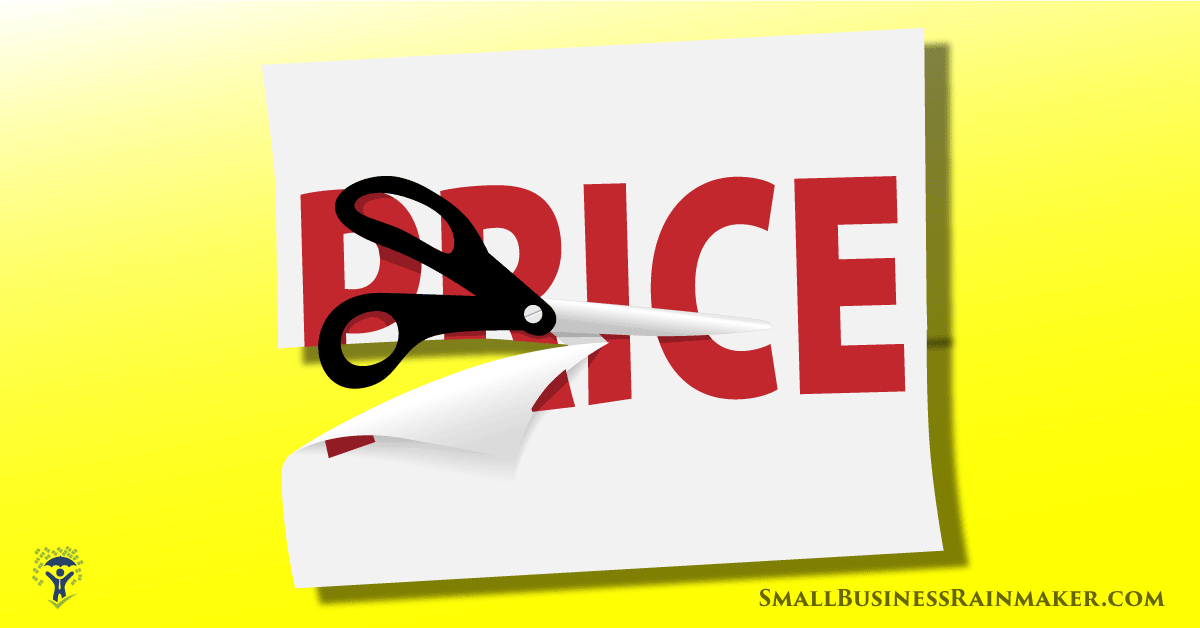
Seasonal variations in demand impact most industries. The inability to adapt to these changes in demand can diminish the capability of your company to sustain growth.
What is seasonal demand?
Seasonal demand is the fluctuation in demand for certain products or services, depending on the time of year. It is crucial that businesses use the predictability of this trend to their advantage and complete the appropriate market research.
Without enough inventory, you risk losing market share and customer loyalty. Managing seasonal demand is also an important component of a profitable pricing strategy. Without an accurate demand forecast, it's much harder to set and get the best prices for your products or services.
Causes of seasonality
Seasonality can be divided into two main categories:
Man-made seasonality
This is a demand created by external factors. For example, during the Olympic games, stores were selling out of branded merchandise. This is a predictable trend as it happens every four years.
Beauty salons and hair salons see a major increase in their business during the prom or wedding season. There is also an increased demand for accountants when it is tax season.
Natural seasonality

This is the seasonality that is brought on by a changing of the seasons. The demand for food, clothes, athletic equipment, etc. will change based on which season it is. There are also festivals that accompany these seasons. During December, the Christmas season will put a higher demand on businesses that supply gifts, custom packaging and Christmas-themed clothing.
Some businesses concentrate primarily on these seasons to sustain their bottom line. For example, water parks will close during off-peak seasons as the demand is low and it would not be profitable to operate. Recent years have seen "pop-up shops" gaining in popularity. These shops open for a few months, or even weeks. They will sell targeted merchandise related to the season, such as Halloween merchandise.

Seasonal demand forecasting methods
Depending on your industry, there might be a recurring pattern to the demand. Industries that supply stationery, for example, can expect an increase in August. This is when families begin preparing for school to start again and when many states have "tax-free" days on school supplies.
Make sure you refer to data from previous years to ascertain which products sell consistently. The implications of having too much stock are almost as bad as not having enough. Stock bought at a premium that must be sold at a lower price will negatively affect your bottom line.
Farmers and department stores can employ seasonal workers for harvest time or Christmas when they know they will be busiest. This seasonal trend is easy to predict, as there is an annual upsurge during these times.
Prepare for shipping surges, too. Stock up on boxes or special containers–the capital investment is usually minimal–so during peak season you won’t get caught without shipping supplies.
How to compensate for seasonal demand
Enterprises can compensate for this additional demand by stepping up their production at the right time. Companies also need to have a certain amount of stored inventory to sustain themselves before and during the surge.
This will allow factories to maintain production during the slower months instead of halting production completely.
Daily or weekly patterns
Service industries, like restaurants, can more easily predict when they will be busy and when they need extra staff and stock.
A food service company can determine when to have extra products and foodstuffs available and ensure the produce and other perishables are stored safely.
Unpredictable demand
Sometimes the demand does not follow a trend, and anticipating need becomes challenging.
Climate, for example, may cause an unpredictable increase or decrease in demand. Unseasonably low temperatures may increase the demand for certain types of clothes, food and items such as snow shovels. A hurricane may increase the demand for bottled water, generators, first aid supplies, flashlights and non-perishable foods.

16 Tips on How to Manage Seasonal Demand Fluctuations
1. Do a trend analysis. This will assist you with seasonal forecasting and complying with the surges.
2. Plan ahead. It is difficult to predict when fluctuations will take place. However, by staying current with market trends, you can respond quickly.
3. Keep an eye on financial changes. If there has been a significant economic downturn and your product or service is considered a luxury, cut back on inventory. When Congress passes a tax cut, as happened recently, increase your stock.
4. Maintain records. Make sure you retain all your POS (point of sale) records. Review them for historical data and react accordingly.
5. Establish reorder points. Set up a schedule for ordering based on your POS review and any seasonal aspects associated with your product or service.
6. Do not order at the last minute. This will lead to you having a vast influx of inventory and will generate the need for extra staff and overtime. Both of these will impact your profit margin.
7. Plan ahead. By planning, you can stagger the delivery of your inventory and more accurately determine staffing levels.
8. Reduce surplus stock. Don't forget to consider how to get rid of surplus seasonal stock. Plan for markdowns and clearance sales without losing money.
9. Leverage your industry contacts. Communicate with people in your niche. They may give you insights into how to manage the demand.
10. Train your staff. Make sure your staff members are well-trained to cope with the increased demand.
11. Diversify. If you only sell Christmas trees, you will only be busy in December. If you sell other plants as well, it will bring in customers year-round.
12. Advertise. A good marketing plan can help overcome seasonal lows, for example.
13. Maximize your sales during peak seasons. This will help you stay on top when sales slow. This might mean staying open later or working more days a week.
14. Outsource. If possible, outsource work instead of hiring new staff to save on any extra seasonal expenses.
15. Don’t forget about quality control. Ensure the quality of your product or service doesn't suffer because of high demand.
16. Be cognizant of the weather. It can impact the demand for specific merchandise depending on the season. 
Cory Levins is the business development director for AirSea Containers, a family owned and operated company dedicated to the safe transportation of dangerous goods.
Cory oversees the development and implementation of ASC’s internal and external marketing program, driving revenue and profits from the Miami, FL headquarters.














Leave a comment